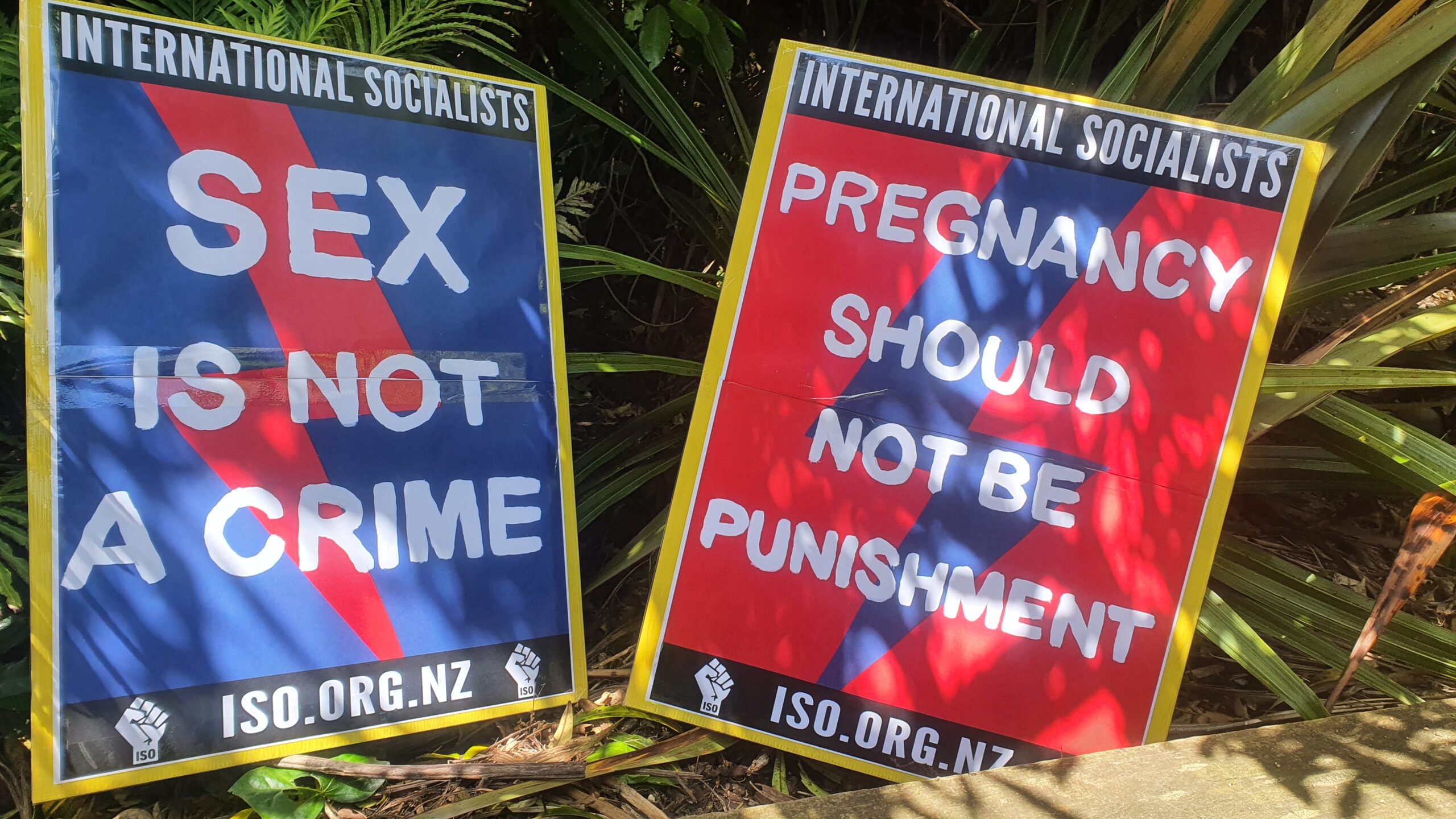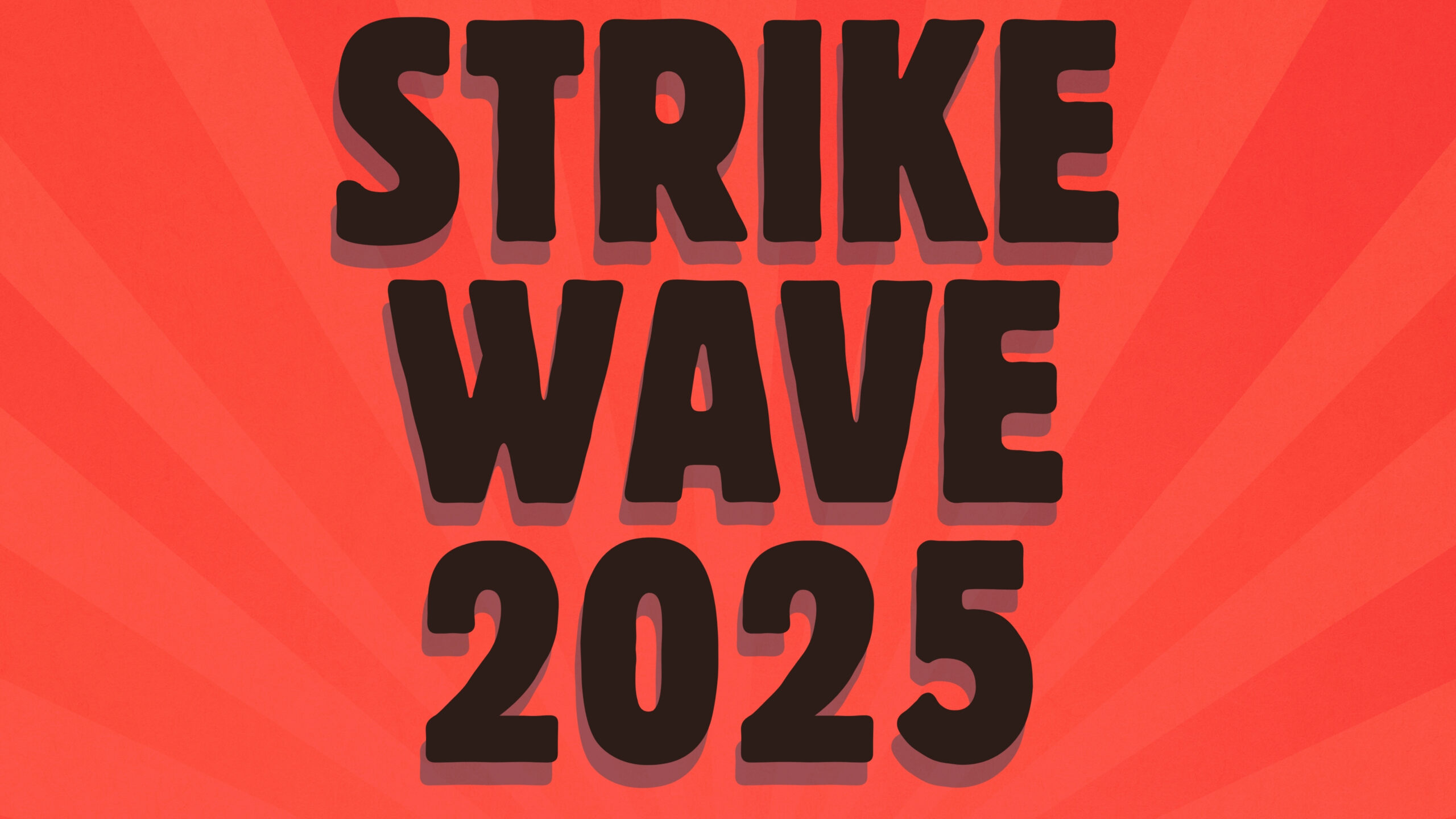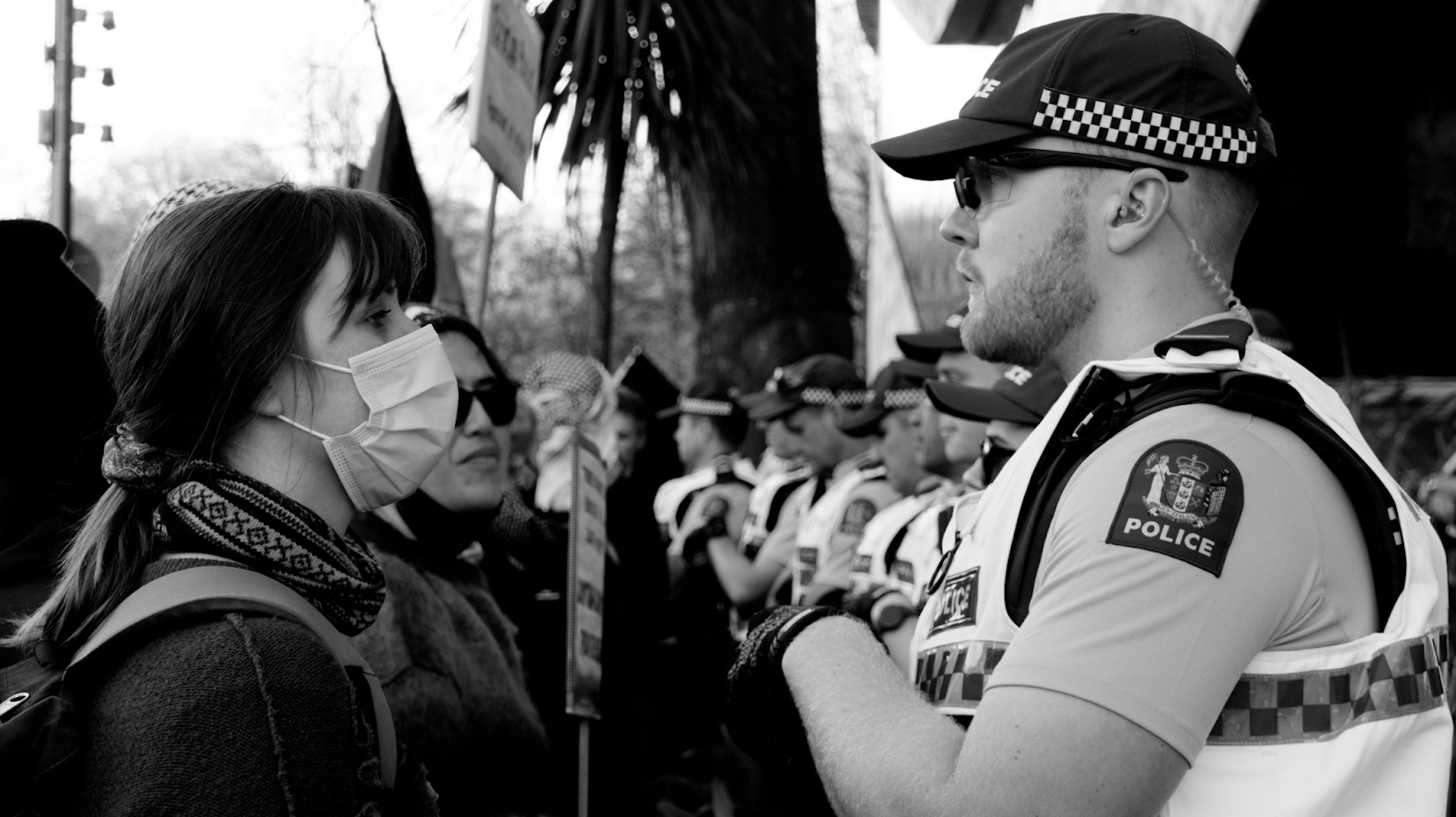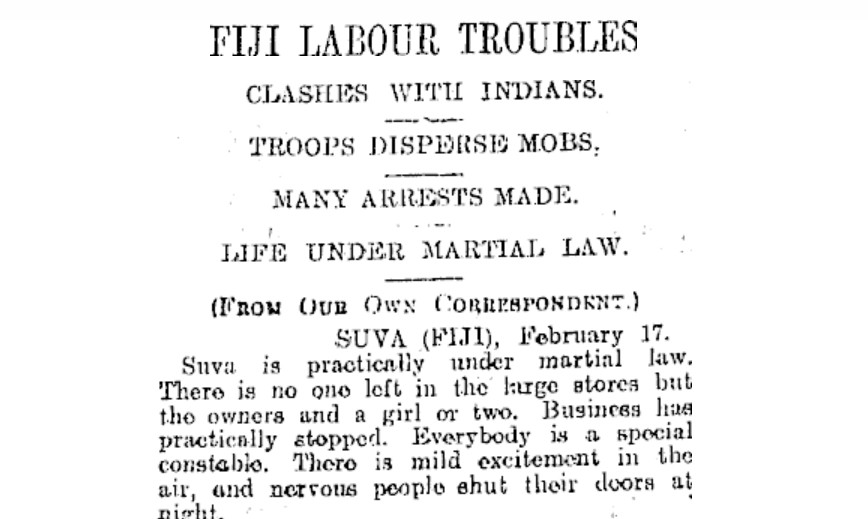The miseries of the Great Depression hit Māori workers particularly hard. Mass unemployment, poverty, slave-labour like conditions in relief works, poor housing and slumlords profiteering from renting out hovels – this was the fate of many hundreds of thousands of workers across the country. Māori workers, still concentrated in rural areas and in some of the most isolated and deprived parts of the country, suffered particularly intensely. And, in addition to their economic hardship, they had to face open discrimination and racism from the state and its agencies.
Unemployed workers fought back, and the early 1930s saw pitched riots in Auckland, Wellington and Dunedin. Crowds smashed windows and fought with police in Queen Street and up Cuba Street. Labour’s first victory came in these years, followed by its second, more emphatic win on the back of social reforms. How the Communist Party of New Zealand responded in its paper, the Weekly Worker, to the racism Māori faced offers a fascinating insight into how organised militant workers can take up the question of oppression. A few articles from the paper in 1934 and 1935 give a snapshot of the Party’s organising.
A central question
The Communists went into the 1935 with four key demands: (1) for the improvement of the conditions of the toilers; (2) against fascism and war; (3) for the improvement of the conditions of the small and middle farmers; and (4) for race equality.
Their demands for race equality were specific: (1) ‘equal treatment of Maori and pakeha in unemployment relief, wages, and social services.’ Māori workers were given less relief than Pākehā workers, and often denied access to state schemes at all. The Workers Weekly took this issue up regularly with articles on its front page. (2) ‘The abolition of all repressive legislation against the Samoans, and the legal recognition of the Samoan Nationalist Movement, the Mau’ and (3) ‘Withdrawal of the banishment against the Samoan leader, Nelson, and the liberation of all Samoans imprisoned for Mau activities.’ Samoa at this stage was still a New Zealand colony, and the Mau had suffered repression (including troops firing on peaceful demonstrations) for their democratic campaigning. The CPNZ took up their demands in New Zealand itself. (4) ‘Self-determination for the Maoris to the point of complete separation, and Samoa for the Samoans.’ This last slogan echoes the Mau demand Samoa mo Samoa, and the Communists, while not advocating separation between Māori and Pākehā workers, argued that unity in the working-class movement could only come about if Māori had their land rights and their right to self-organisation recognised.
How the Missionaries Bought Auckland
The Weekly Worker’s columns sought to educate Pākehā workers in the realities of racism in the country, and to draw attention to historical injustices. One issue in 1935 reprinted – in English and Māori –Paora Tuhaere’s 1871 petition to Parliament protesting the ways missionaries had used deceit to cheat his people out of land through unscrupulous purchases in Auckland. ‘We are publishing here a translation of this statement,’ the Worker editorialised, ‘so that the Pakeha as well as the Maori can see the methods by which the white imperialists use religion as a means to rob the native races.’ In another issue a Māori comrade signing themselves Kai Mahara (translated by the Worker as ‘The Enlightener’) sent in a copy of a deed of sale from the Bay of Islands to the Church Missionary Society in 1819. Again the document showed dishonesty and colonial tricks, and again it was printed in a bi-lingual format. The editors described their comrade correspondent as ‘not merely The Enlightener of his fellow Maori toilers, but also of the Pakeha toilers. We especially welcome these articles, and ask that any toiler Maori or Pakeha who has any information upon the exploitation of Maoris to send it to us.’
Contemporary racism was also challenged by Communist articles. A (probably fictional) exchange between a ‘non-party worker’ and a ‘party worker’ was published in 1934 to illustrate the Communist attitude towards racism. The ‘non-party worker’ complains that ‘the other day you pulled me up for talking about ‘niggers’ […] there is no race hatred here [in New Zealand] like there is in the United States.’ The party worker replies by listing the discrimination Māori workers face, and by arguing against racist language because ‘we Communists are right up against any tendency to regard the workers of any one race as being inferior to any other. These tendencies come from the propaganda of the bosses, who do their best to play off one section of the workers against another on account of race difference.’ The Communist doesn’t just argue that racism involves divide and rule, however; they also defend the Māori seats in parliament and Māori desires for self-determination and insist that ‘it is ridiculous to think that they [Māori] have been given equality merely because they have been given equal voting strength.’
The exchange reads as stilted and artificial today but, whatever its literary weaknesses, there is no doubting the sincerity and seriousness of this anti-racist political project. These articles weren’t hidden away in the columns, either, but on the front page of the Worker.
Discrimination Against Maori Workers
Alongside these theoretical pieces, the Worker raised a series of articles on immediate questions, many submitted by worker correspondents. These covered everything from the lack of district nurses in Māori communities to poor housing to discrimination.
A Wellington communist wrote an article ‘Discrimination against Maori Workers’ documenting the discrimination unemployed Māori workers faced. Māori received no free milk, ‘there had been more than ninety deaths in twenty-eight weeks among the Maori people between Marton and Otaki.’ The writer lists relief rates across Wellington and shows clear discrimination: the Johnsonville flat relief rate for a single man was 17 shillings, while at Porirua Pa it was just 9 shillings. The article is packed with facts like this. Another article (‘Typhoid Among the Maoris’) lists deaths from typhoid in Foxton and Levin, and details Māori accusations of poor treatment and racism at the hands of the Palmerston North Health Board. Yet another article – again contributed by a ‘worker correspondent’ – takes up the Rotorua case of a Māori war veteran and his wife driven from their jobs on a Pākehā farmer’s land. The couple milked nineteen cows by hand, cleaned sheds, spent many hours ploughing, planting crops, chopping firewood, fencing and looking after the pigs. The farmer provided them with no bed (they had to sleep in the hay barn) and tried to cheat them out of their wages. The article ends ‘It’s time the Maori people came together and demanded the same treatment as the white people.’
A Mixed Legacy
It’s important we don’t romanticise this past. The Communist Party was by the 1930s no consistently revolutionary party, if it ever had been. Motivated by a loyalty to the twists and turns of the Stalinist counter-revolution in the USSR, it filled the pages of its publication with boring and bizarre claims about the Soviet Union (‘first in the world for tractor production!’), and engaged in stupid and sectarian attacks on Labour Party supporters for years before, without warning, switching round and uncritically following Labour from the right. These lurches in direction were accompanied by an increasingly bullying and stifling internal culture. If the CP won Māori workers to Communism through their anti-racist activity – and many were certainly recruited, as the pages of the Worker show – other parts of their internal life and political analysis lost as many again. The Communist Party’s Stalinism is not our model.
But it was a party that brought together many of the most militant workers, and many determined fighters from the most far-seeing and class-conscious sections of the working class, what we call ‘the vanguard’. Its efforts fighting racism, then, show us what the workers’ movement is capable of even in the most difficult circumstances, and illustrate the kinds of approach – combining practical questions with theoretical analysis – that can win workers to an anti-racist politics.
[The inconsistent macron use in this article is deliberate. I’ve quoted from the Worker as it appears, and so spelling and language use reflect the norms of the time.]
The Weekly Worker masthead is from a private collection, and is reproduced here with permission and our gratitude and thanks.









